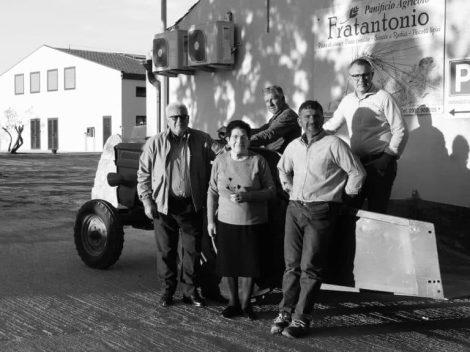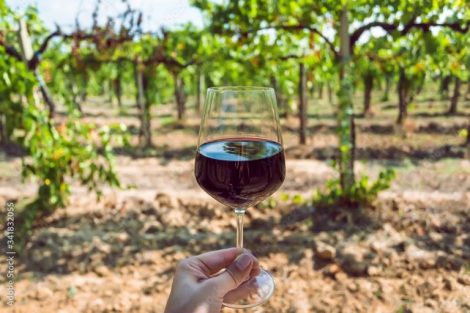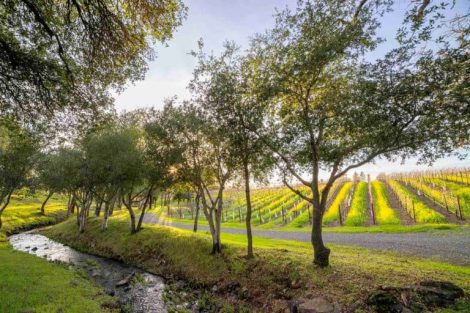In recent years, within the narrative of the Italian wine landscape, certain regions have emerged with a distinctive feature: their vineyards are rooted in volcanic soils. These regions can be found throughout Italy, from north to south—some unexpected (such as the northern Piedmont appellations of Boca, Bramaterra, and Lessona), others much more evident, such as the areas of Etna and Vesuvius. However, another Campanian district must be added to this latter group: we are, of course, talking about Campi Flegrei, a region experiencing a surprising rise.
Campi Flegrei is, in fact, an entirely active volcanic area, as evidenced by recent tremors and ground movements. Pozzuoli is somewhat the epicentre of this supervolcano, which stretches from Bacoli to Posillipo, reaching north towards Quarto and Marano di Napoli. The soils are almost powdery, very fine, and, as one would expect, composed mainly of layers of ash and other eruptive materials.
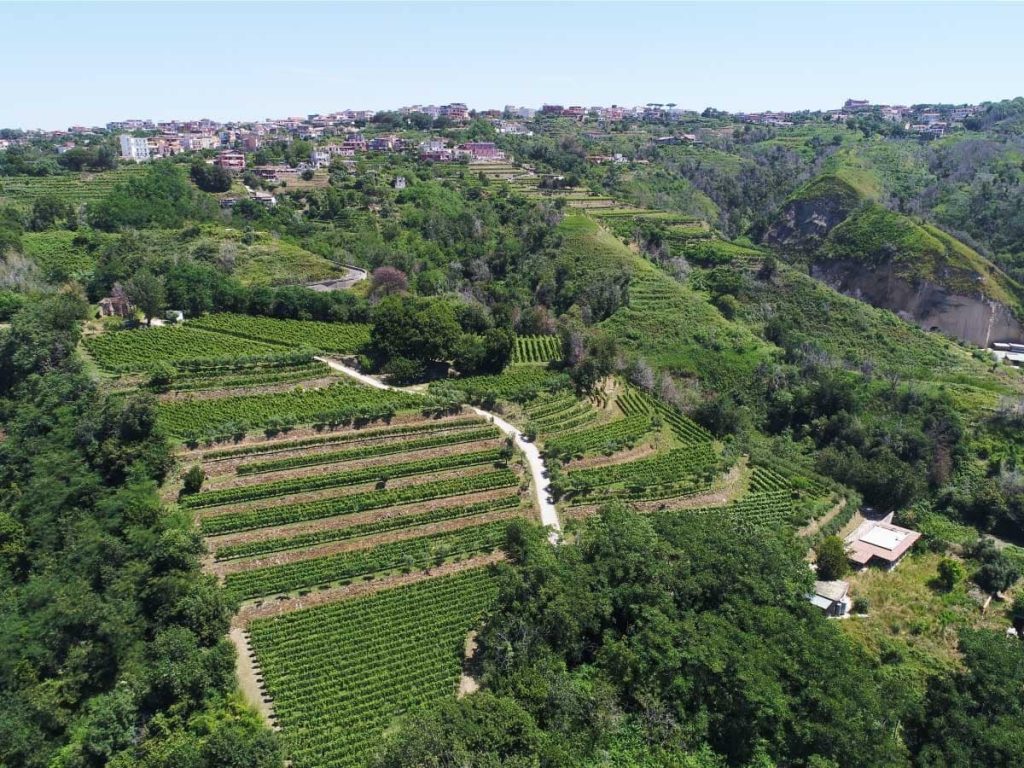
In this land, where the earth burns and the air carries the acrid scent of sulphur, the ancients placed the gateways to the afterlife. Yet, at the same time, both the Greeks and the Romans were irresistibly drawn to the charm of these lands. It was they who initiated viticulture here: the Greeks planted vines along the entire coastal strip of the area, while the Romans later founded cities—Baia, for instance—equipped with thermal baths, destinations for aristocrats seeking refuge from the chaos of Rome. In such a setting, wine was, of course, indispensable.

Vigna Solfatara Falanghina the harvest
The grape varieties of Campi Flegrei
The winemakers who work in Campi Flegrei today are the heirs of this centuries-old tradition. They also bear the responsibility of safeguarding a territory that, in recent decades, has suffered from extensive urbanisation (which, fortunately, now seems to have slowed).
In the small and extremely fragmented vineyard plots, two native grape varieties take centre stage: Falanghina and Piedirosso. The former, which shows some genetic differences from the Falanghina found in the Sannio region and which was recovered from century-old vines on the slopes of Lake Averno by the Martusciello family, produces white wines with a distinctly mineral and savoury character, supported by an acidity that ensures excellent ageing potential. The latter, naturally endowed with peppery and floral notes, gains smoky nuances from these volcanic soils, lending a unique charm to red wines that are both agile and elegant.

The Campi Flegrei wines that won us over during our tastings
The following list includes wines that have been awarded Tre Bicchieri (Three Glasses) in the 2025 edition of Vini d'Italia by Gambero Rosso, others that received Due Bicchieri Rossi (Two Red Glasses) for reaching the final tastings, and some featured in the Berebene 2025 guide by Gambero Rosso for their excellent quality-to-price ratio. However, beyond the scores, all these wines are outstanding representatives of the Campi Flegrei territory.
The Falanghina Vigna Astroni '20 by Cantine Astroni captures the volcanic essence of the region with an aromatic profile reminiscent of flint and hints of hydrocarbon. This is followed by the grape's characteristic herbal notes, leading to a long, deep, and savoury palate. Equally remarkable is the Colle Rotondella Piedirosso, with aromas of black pepper, ripe raspberry, and blackcurrant. Elegantly smoky, it offers a seamless and refreshing sip, making it highly enjoyable.
The crater of Astroni lends its name to one of the most important wineries in the Campi Flegrei area. The landscape is extraordinary, exuding the ancestral allure of volcanic sites, with soils composed of ash and lapilli that breathe in the breezes of the nearby Tyrrhenian Sea. Currently leading the winery are Cristina Varchetta, who represents the territory both locally and abroad, and Gerardo Vernazzaro, who transforms the grapes from 25 hectares of vineyards into a range of wines deeply rooted in their land.
- Campi Flegrei Falanghina V. Astroni 2020 - Cantine Astroni
- Campi Flegrei Piedirosso Colle Rotondella 2023 - Cantine Astroni
The Falanghina Luce Flegrea by Cantine del Mare is distinctly volcanic, with aromas of flint, white citrus fruits, and sea spray; the palate is smooth, with a refined mineral elegance.
Delicate, slightly smoky, with scents of yellow citrus peel and sage, the Falanghina '22 by Contrada Salandra is an exercise in restraint—lean yet harmonious. The bouquet of Piedirosso '21 is deeply Mediterranean and captivating: notes of wild shrubs, black olive, charcoal, red flowers, black pepper, and aromatic herbs lead to a layered and expressive palate, with fine tannins shaping the sip towards a finish dominated by small red berries.
Campi Flegrei is currently facing a complex situation due to the volcanic movements that have shaped the area for millennia and have intensified in recent months. This is a challenging yet fascinating land, where the heat of the underground embraces the Tyrrhenian coast. Here, in Pozzuoli, amidst the black sands of Coste di Cuma, Monte Sant’Angelo, and Monteruscello, operates Giuseppe Fortunato, one of the region’s great interpreters. Falanghina and Piedirosso are his tools, producing two wines that strongly echo the voice of this magical territory.
A new entry in the Guide is the winery of Antonio Iovino, thanks to an impressive line-up, among which stands out the spicy Piedirosso Vigna Solfatara '21—vibrant, savoury, and well-paced. Also noteworthy is Gruccione, a floral and peppery red, energetic and slightly saline.
Although Salvatore Martusciello is best known for his traditional sparkling reds from the Sorrento Peninsula—Gragnano and Lettere, which, incidentally, were excellent this year too—his Settevulcani Piedirosso was selected for the Berebene 2025 guide by Gambero Rosso. This wine features well-integrated smoky and fruity notes, leading to a crisp, lively, and delicate palate with juicy savouriness.
The Piedirosso '23 from La Sibilla blends smoky notes with Mediterranean scrub; on the palate, fruit and salinity are balanced by tannins that provide rhythm and definition. Vigna Madre is truly a flagship of the Campi Flegrei area: its volcanic essence translates into aromas of extinguished fireplace and graphite, which, combined with the variety’s typical floral and spicy character, create an intriguing and fascinating aromatic profile. The palate, in turn, looks to the Tyrrhenian coast, with an iodine touch that contrasts with the fine and savoury tannins. The finish surprises with juicy wild blackberries.
Vincenzo, Salvatore, and Mattia continue the legacy of La Sibilla, a winery founded by their parents, Luigi and Restituta, in 1997. Today, it stands as a benchmark for the region, thanks to its rare ability to combine the wild nature of the terroir—volcanic soils rich in ash and lapilli, the influence of the nearby sea, and the presence of many ungrafted vines—with a clear, fleshy winemaking style, particularly in the selections that complement the fresh and fragrant entry-level wines.

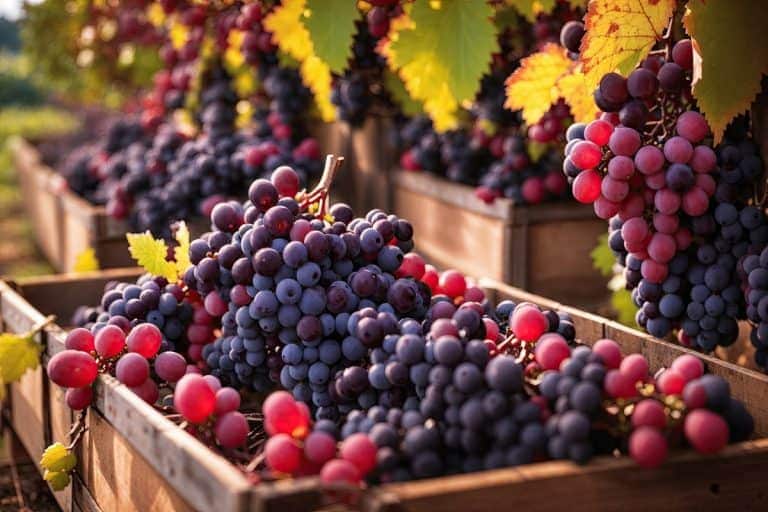
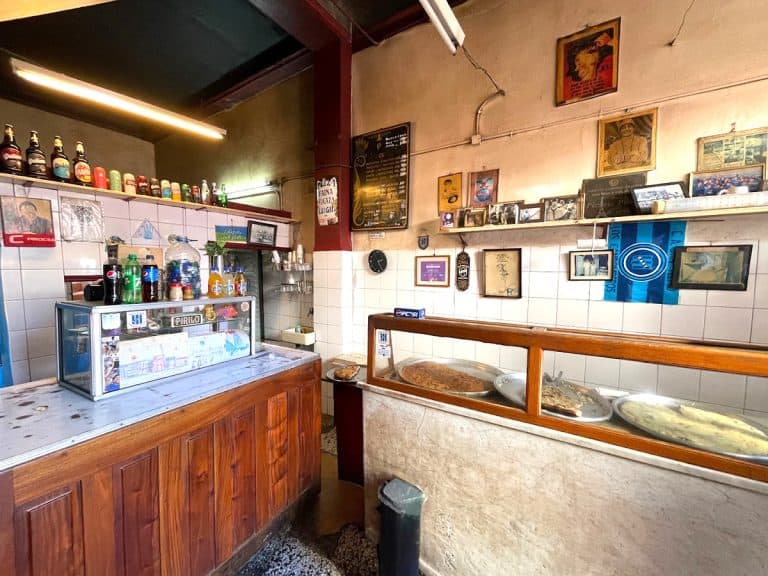 The Ligurian Focacceria in Buenos Aires hidden in the cradle of Tango
The Ligurian Focacceria in Buenos Aires hidden in the cradle of Tango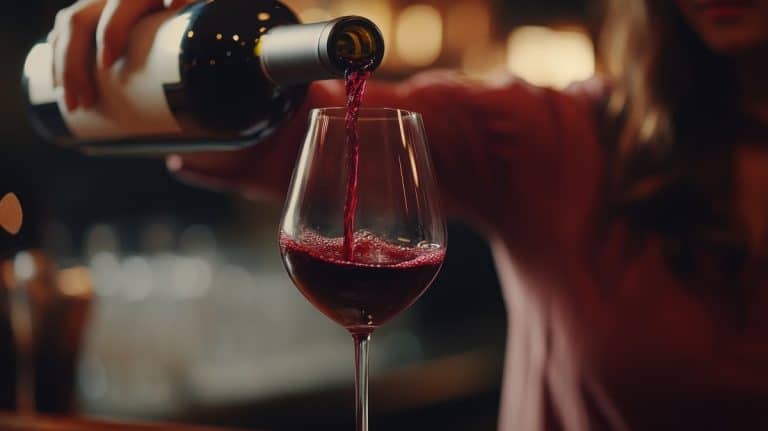 The Chianti Classico wines with the best quality-price ratio selected by Gambero Rosso
The Chianti Classico wines with the best quality-price ratio selected by Gambero Rosso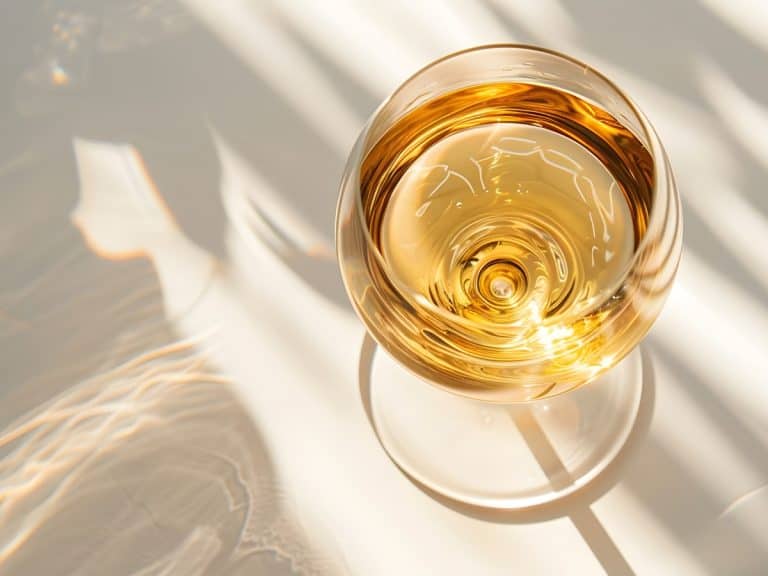 The new life of dessert wines: the era of serving them only at the end of a meal is over
The new life of dessert wines: the era of serving them only at the end of a meal is over The 12 Conegliano-Valdobbiadene Prosecco Superiore wines with the best quality-price ratio selected by Gambero Rosso
The 12 Conegliano-Valdobbiadene Prosecco Superiore wines with the best quality-price ratio selected by Gambero Rosso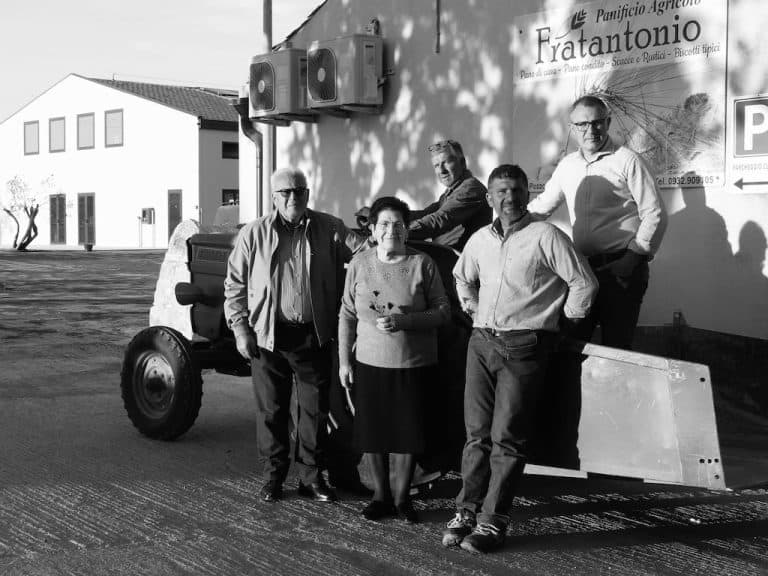 The story of the small agricultural bakery in Modica that preserves an ancient wheat variety at risk of disappearing
The story of the small agricultural bakery in Modica that preserves an ancient wheat variety at risk of disappearing